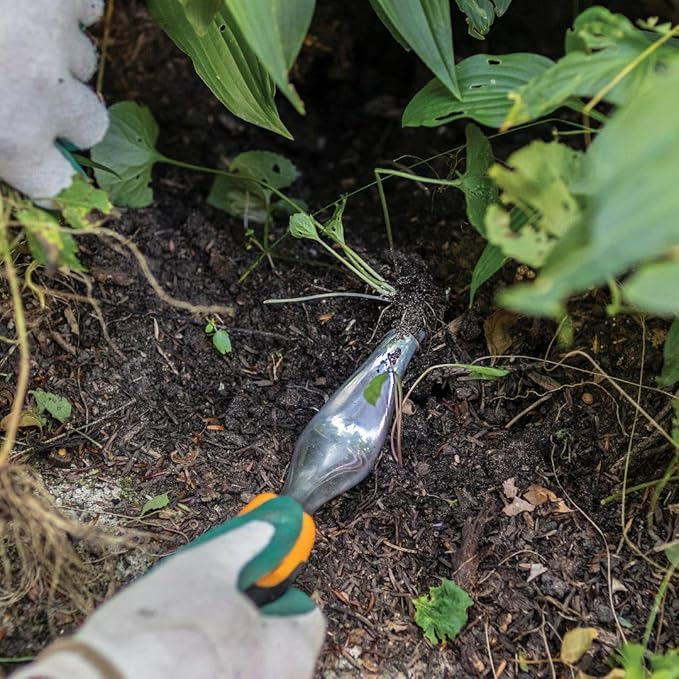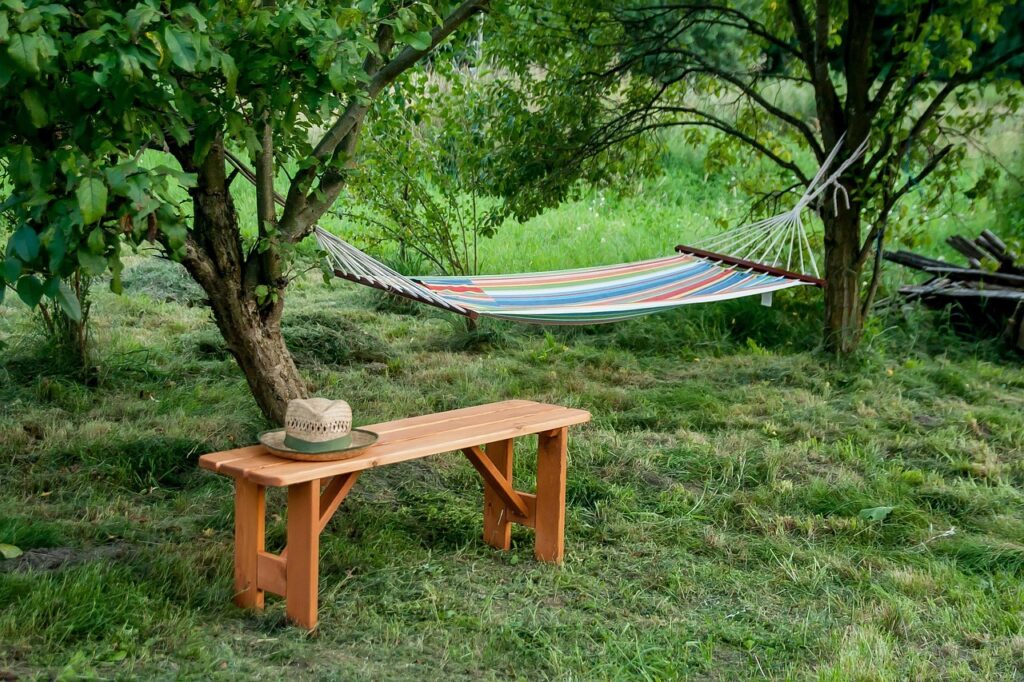It’s mid-August, the tomato vines look tired, and seed packets sit accusingly in a drawer. Good news: the growing season isn’t over. With the sun still high and soil toasty warm, late summer is prime time to sow quick-maturing vegetables that shrug off heat and finish before first frost. This late-summer vegetable planting guide spotlights seven crops you can sow today—plus soil-refresh tips, region-by-region calendars, and DIY shade tricks to keep seedlings happy.
Who’s this for? Patio growers, raised-bed rookies, and procrastinating veterans in USDA Zones 3-10 who suddenly have planting FOMO.
Quick-Pick Table: 7 Late-Summer Winners
| Crop | Days to Harvest* | USDA Zones | Why It Works Now |
|---|---|---|---|
| Bush Beans (green or yellow) | 45–60 | 3–10 | Germinate in warm soil; no trellis needed |
| Summer Squash (zucchini) | 45–55 | 4–10 | Heat-loving, high yields |
| Cucumbers, pickling type | 50–55 | 4–10 | Compact varieties finish fast |
| Swiss Chard | 30-baby, 55-mature | 3–10 | Heat-tolerant greens; harvest until frost |
| Baby Carrots | 50–60 | 3–9 | Sow dense, pull young; sweet in cool fall |
| Radishes (daikon or round) | 25–40 | 3–10 | Lightning quick; interplant as markers |
| Arugula | 25–35 | 3–10 | Spicy greens thrive in shortening days |
* From germination to first pick under optimal conditions.

Week-Before Prep: Refresh Beds & Gear
1. Clear & Compost Spent Crops
Pull exhausted lettuce stumps and yellow squash vines. Chop disease-free debris and toss into the compost pile for a nutrient loop.
2. Top-Dress with Compost
Spread 1 inch of finished compost and scratch it into the top 4 inches of soil. University of Minnesota Extension notes warm soil speeds nutrient mineralization—perfect for quick crops .
3. Check Irrigation
Late-summer seedlings can’t miss a drink. Test drip lines or soaker hoses; unclog emitters with a pin. No system? String a ½-inch porous soaker hose, connect to a battery timer, and you’re done.
4. Shade Cloth Ready
A 40–50 % shade cloth clipped to hoops prevents midday scorch. Seedlings need moisture more than direct sun their first week.
Zone-By-Zone Planting Calendar (Typical First Frost)
| Zone | First Frost Avg. | Safe Sowing Window* |
|---|---|---|
| 3–4 | Sept 15 – Sept 30 | Now → Aug 15 |
| 5–6 | Oct 1 – Oct 15 | Now → Aug 25 |
| 7–8 | Oct 15 – Nov 10 | Now → Sept 5 |
| 9–10 | Nov 15 – Dec 15 | Now → Sept 30 |
*Assumes crops ≤ 60 days to maturity. Add two weeks if using transplants.
Crop-by-Crop Mini Guides
1. Bush Beans
- Varieties: ‘Provider’ (green), ‘Pencil Pod’ (yellow).
- Soil Temp: 70–95 °F for germination in 4–6 days.
- Spacing: 2 inches apart, thin to 4 inches.
- Tip: In cooler zones, pre-warm soil with black plastic for one week, then sow and remove plastic.

2. Summer Squash
- Varieties: ‘Black Beauty’, ‘Costata Romanesco’.
- Planting: Hill method—5 seeds in a 12-inch mound; thin to 2 plants.
- Water: 1 inch twice weekly; avoid wet leaves to reduce powdery mildew.
- Harvest: Pick at 6–8 inches for nonstop production.
3. Pickling Cucumbers
- Compact picks: ‘Bush Pickle’, ‘Patio Snacker’.
- Trellis: Optional; cages save space and boost airflow.
- Feeding: Side-dress with balanced organic fertilizer after first true leaves.
- Pests: Keep row cover on until flowering, then remove for pollination.
4. Swiss Chard
- Sow depth: ½-inch; thin to 6 inches when 2 inches tall.
- Heat note: ‘Fordhook Giant’ and ‘Bright Lights’ tolerate 90 °F afternoons.
- Cut-and-come-again: Harvest outer stalks, leaving the core to regrow until hard frost.
5. Baby Carrots
- Varieties: ‘Adelaide’, ‘Parisian’.
- Bed prep: Remove stones; carrots hate obstacles.
- Moisture: Keep seed bed consistently damp; use burlap or shade cloth until sprout.
- Harvest: Pull when roots hit 3–4 inches; sweet flavor intensifies in cool nights.
6. Radishes
- Types: 25-day rounds (‘Cherry Belle’) or 40-day daikon.
- Interplant: Sow radish rows between maturing tomatoes; harvest before tomatoes finish.
- Bitter bulb fix: Keep soil uniformly moist; drought yields woody roots.
7. Arugula
- Broadcast seeding: Sprinkle, rake lightly, tamp.
- Bolt control: Shade cloth & daily misting; arugula bolts at 85 °F.
- Harvest: Cut at 4 inches for baby leaves; regrows twice.

Day-Of Sowing Checklist
- Water soil thoroughly 24 hrs prior—moist but not muddy.
- Sow in the evening; cooler temps boost germination rates.
- Label rows—late plantings blur together with spring tags faded.
- Apply light mulch (1/2-inch straw) to prevent crusting.
- Set irrigation timer: 10-minute drip at dawn + dusk for first 5 days.
Week-One Care: Germination to True Leaves
- Shade midday; remove cloth once seedlings hit 3 inches.
- Mist overhead if temps exceed 95 °F.
- Thin ruthlessly—crowding invites mildew and stunts growth.
- Scout pests: Grasshoppers peak now; row cover or neem as needed.
Harvest Schedule & Succession Tips
| Crop | First Pick | Succession Interval |
|---|---|---|
| Bush Beans | 45 days | Sow every 10 days until cutoff |
| Squash | 45 days | Second sowing one week later (zone 8–10) |
| Cukes | 50 days | One extra sowing for zones 7+ |
| Chard | 30 days (baby) | Continuous harvest; no reseed needed |
| Carrots | 50 days | Single sow; stagger sizes by density |
| Radishes | 25 days | Every 7 days for 4 waves |
| Arugula | 25 days | Every 14 days; bolt risk drops in Sept |
Late-Summer Shade & Cooling Tricks
- DIY frame: PVC hoops + 40 % shade cloth clipped with binder clips.
- Mister line: 1/4-inch tubing with fine mist emitters reduces canopy temps by 10 °F.
- Living shade: Plant trellised cucumbers on the west side; their leaves shield shorter greens.
External Resources for Date & Zone Tweaks
- USDA Frost Date Lookup (Almanac) – Enter zip for first-frost average.
- Texas A&M Late Garden Planting Guide – Month-by-month veg list for warm climates.
Bookmark both to refine sowing windows for your microclimate.
Troubleshooting Quick Crops
| Symptom | Likely Cause | Fix |
|---|---|---|
| Squash flowers but no fruit | Heat-stressed blossoms drop | Hand-pollinate dawn; give shade cloth |
| Bitter cucumbers | Irregular water | Mulch, deep soak; pick smaller |
| Radish only tops | Too much nitrogen | Switch to low-N fish emulsion |
| Arugula flea beetle holes | Dry soil + pests | Keep soil moist; use floating row cover |
Packing Seed Starter Kits for Next Year
Late-summer success relies on quick-germinating, compact varieties. Keep leftover packets:
- Airtight jar with silica gel
- Cool closet (≤70 °F)
- Label with purchase year (viability: beans 3 yrs, carrots 2 yrs)
Final Thoughts
Late August and early September aren’t the end— they’re bonus time for heat-loving veggies that sprint to maturity as days shorten. By clearing spent crops, refreshing soil, and sowing the seven all-stars above, you’ll pull fresh beans, squash, and salads long after neighbors shut down their gardens.
Grab a shade cloth, set that drip timer, and order seeds today. Your future self—the one gloating over home-grown zucchini bread in October—will thank you.



